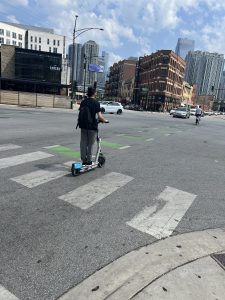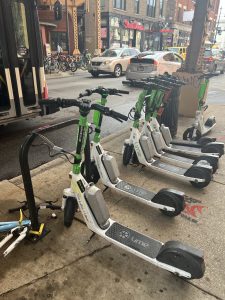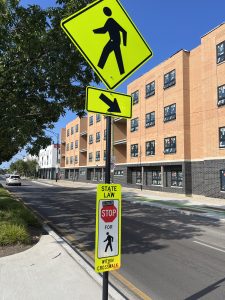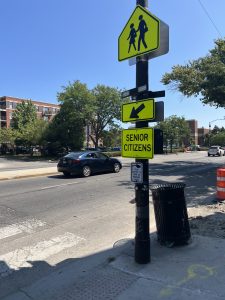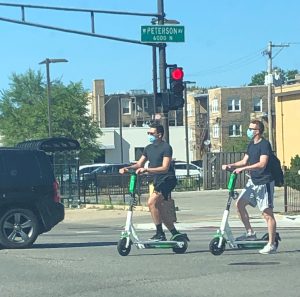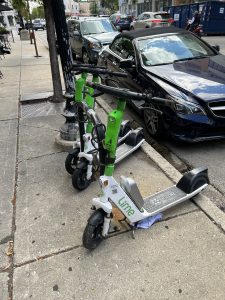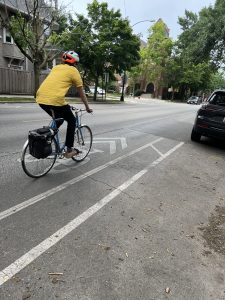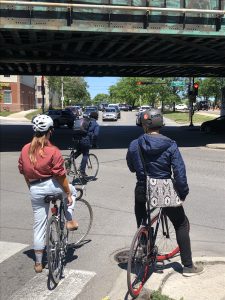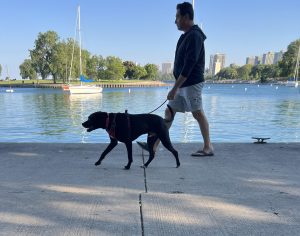
Dog looking at people
The Chicago personal injury attorneys with Zneimer & Zneimer note yet another tragic story involving a family pet resulting in the death of two small children. This tragedy should remind us that dogs are animals with their own whims, needs, and moods. Most dogs also have significant physical advantage over children, especially strong breeds like Pitt Bull, Doberman, Mastiff, Cane Corso, Rottweiler, and others. Keeping a strong dog as a family pet where small children live comes with risks to the household of the dog’s owner. Risks include not just dog bite injuries, but death. A lot of the fatalities include children.
Dogsbite.org, keeps track of dog bite fatalities and their victims. According to the 2022 data, the roster of victims is heartbreaking. It includes a 3-month old baby (family pet, French mastiff-mix), 7-year old girl (Rottweiler), 1-year old girl (Pitt bull), 4-year old boy (Pitt bull), 7-month old baby (American bulldog-mix) , a 4-year old girl (Pitt bull), and many other children and adults whose encounter with a dog became a fatality.
People love and anthropomorphize their dogs and often forget that dogs are not human, do not follow the law, and do not abide by any commandments not to attack, bite, or kill. Anthropomorphizing dogs can have detrimental effects on the dog and the relationship between the owner and the dog. Attributing human mental and emotional states to a dog may lead to misinterpretation of the dog’s behavior, resulting in a negative effect on the animal’s welfare and behavior. As the sad examples and heartbreaking obituaries of children reveal, wishing that a dog shares the human love for children, in no way means that the dog shares such love or is always safe around kids. The numerous examples DogBites.org has collected show kids dying at the jaws of family dogs. Continue reading
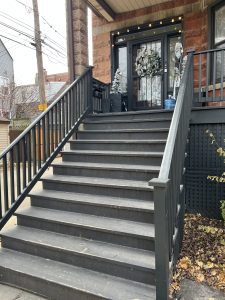
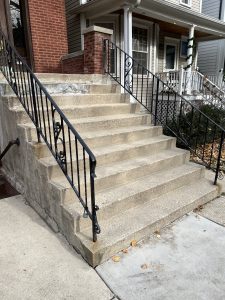
 Chicago Accident Lawyer Blog
Chicago Accident Lawyer Blog



